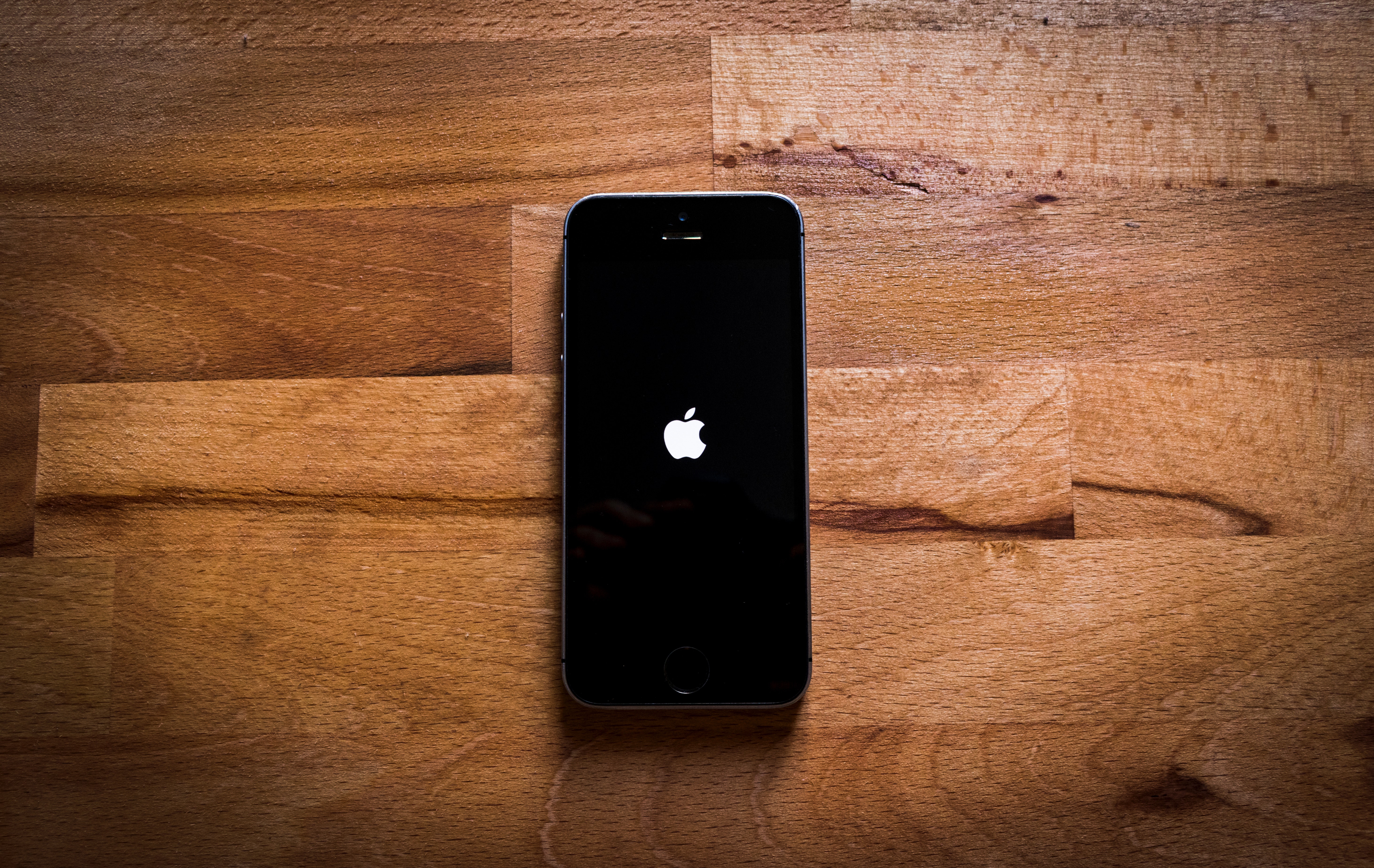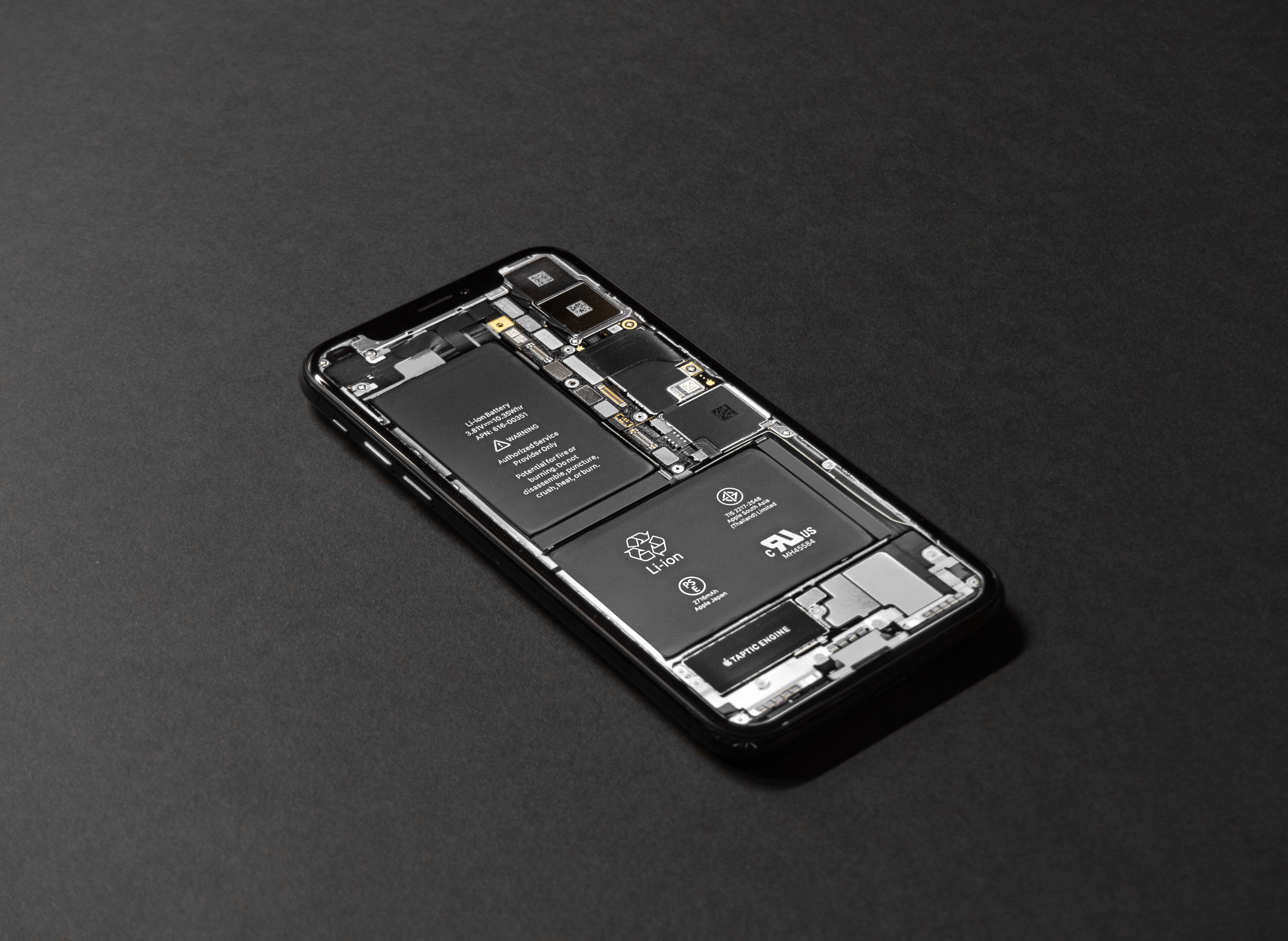Apple announced yesterday evening updates for iPhone, iPad, Apple Watch, Apple TV and Mac - the focus was on bug fixes and system optimizations. But there's more to come with iOS 12.4. Users will now be able to transfer data from iPhone to iPhone using a cable during initial setup.
With iOS 12.4 or higher, there is now a new iPhone setup option. This allows the user to connect two iPhone devices using a cable in order to carry out the data migration directly. As part of the quick start, the data can now be transferred directly without the need for iCloud or an iTunes backup. But how can two iPhones that have a Lightning port be connected to each other? Apple answers the question with existing products. For this, of course, the Lightning to USB cable needed – plus Apple’s well-known Lightning to USB 3 Camera Adapter
comes into play. Of course, both iPhone models must have iOS 12.4 or higher. The feature is no surprise – it was already announced earlier this month as part of the iOS 13 Beta discovered.
iPhone migration via cable – How it works
If you have the cable and the necessary adapter and a current version of iOS on both devices, you can use the new feature. Start up the new iPhone and follow the instructions - place it next to the older device to activate the quick start process. A few steps later, you will be shown the options for transferring data. Here you navigate to the new option "Transfer from iPhone". The direct route allows you to ignore iCloud completely - this is particularly interesting for users with little iCloud storage. But be careful - an active Internet connection is still required so that the new device can establish a connection to the App Store server, otherwise the transfer of the individual apps is not possible. Consequently, the new iPhone setup process also requires an active network connection.
Note - Transfer times always depend on the type of connection and the amount of data to be transferred. The iPhone therefore only ever shows a rough estimate of the time required - please note that the devices cannot be operated during this process.
It remains to be seen whether users will actually make use of this feature - not everyone has Apple's camera adapter. However, almost everyone should have a Lightning to USB-C or pure USB-C cable by now. One thing is clear: the new option continues to generate a lot of speculation. Perhaps the iPhone will come with a USB-C port after all - then the new iPhone migration would be much more useful. (Image: C00)





